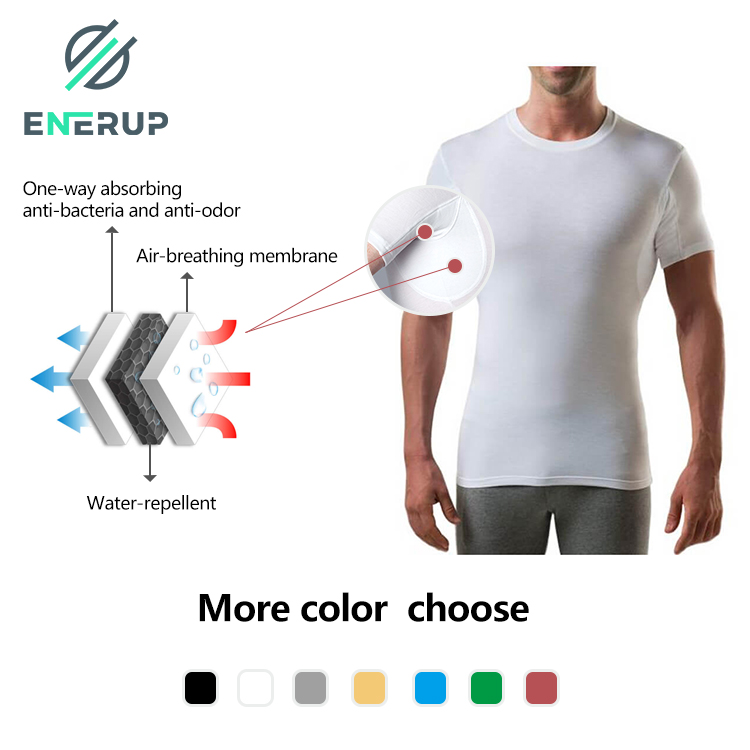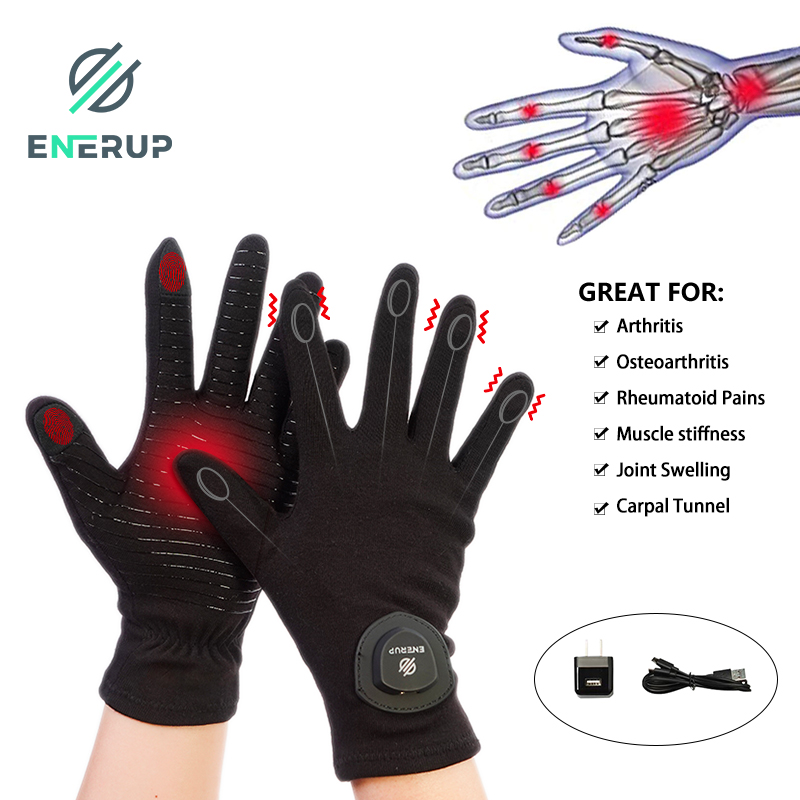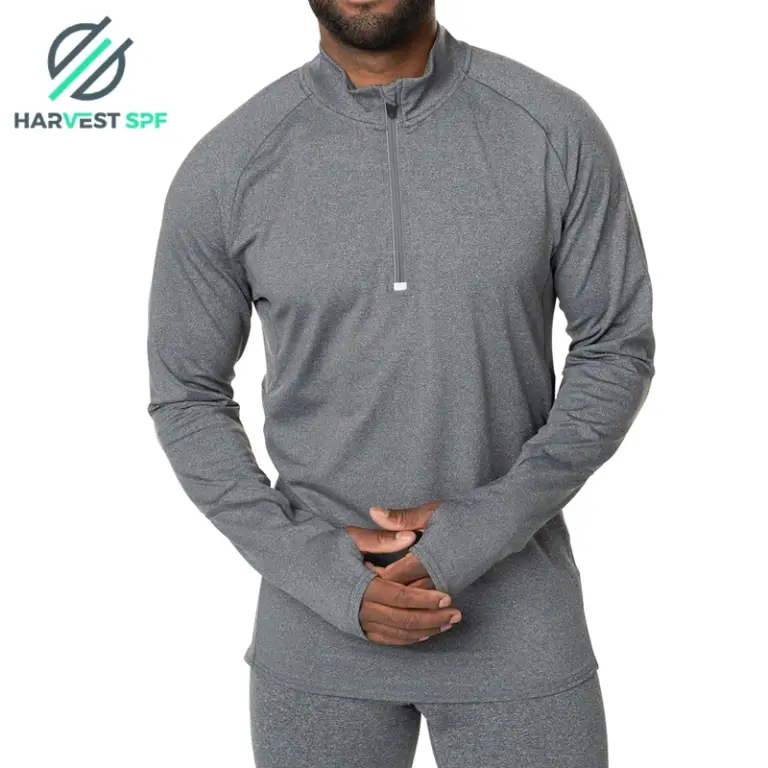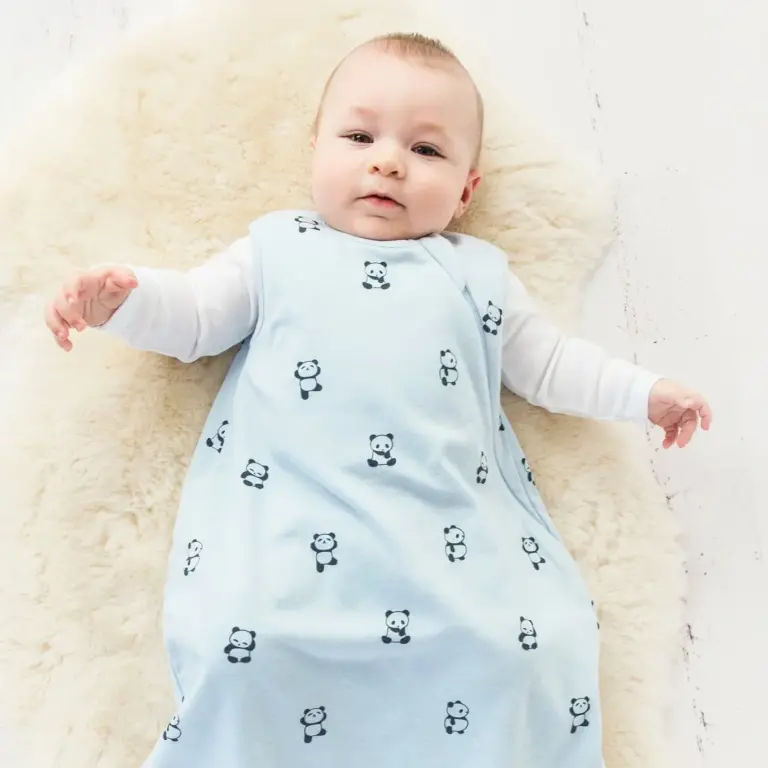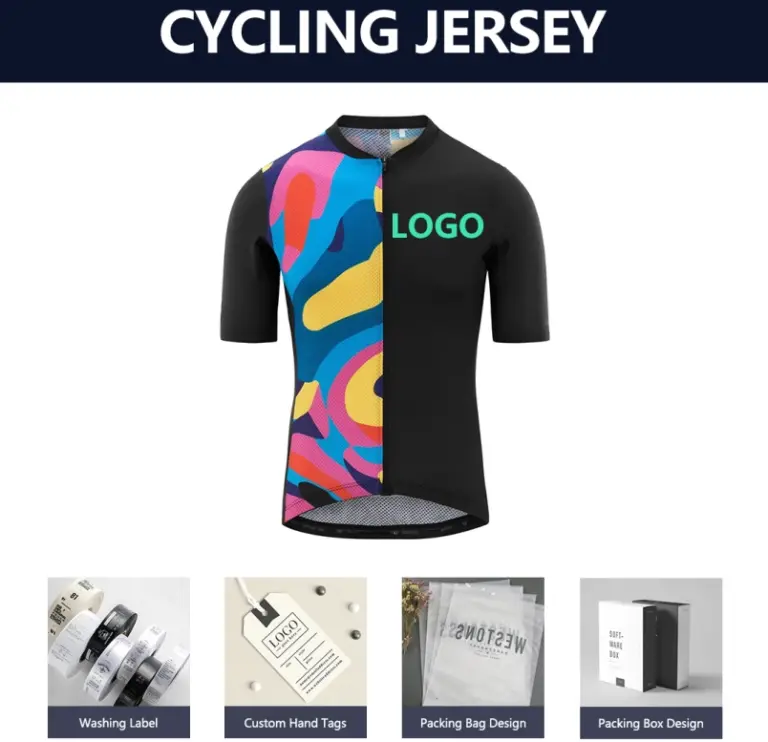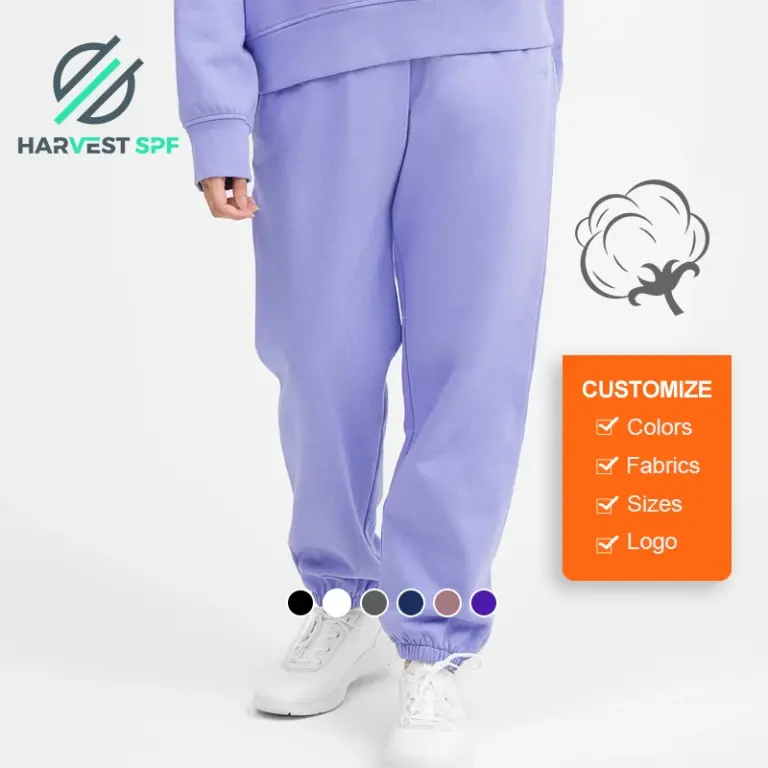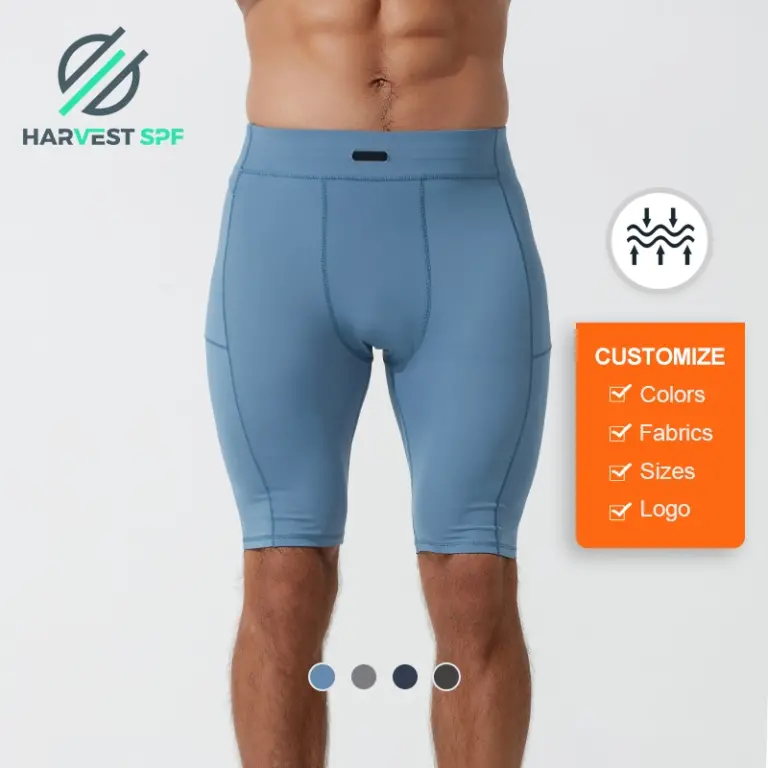What is Merino Wool Fabric?
Merino wool fabric is a soft natural material from Merino sheep. It is famous for its great comfort, airiness, and ability to pull moisture away. People love it for close-to-skin clothing, outdoor gear, and sports outfits. It controls body heat, fights smells, and feels cozy on the skin.
Origins of Merino Wool
Merino wool comes from Merino sheep. It is treasured for its very thin strands, as fine as 11.7 microns, which make it super soft. The origin of Merino wool began in 12th-century Spain. Careful raising of sheep created this special wool. Today, Australia leads Merino sheep wool production. It makes over 35 million tons yearly. With smart farming, Merino wool is a global favorite. People prize its quality and adaptability. This makes it perfect for organic Merino wool and other top fabrics.
Key Differences Between Merino Wool and Regular Wool
Merino wool stands out compared to regular wool because of its finer strands. These range from 11.7 to 24.5 microns, while regular wool is over 25 microns. This thinness makes it less itchy. So, Merino wool fabric feels nicer on the skin. It pulls sweat away from the body due to its moisture-wicking feature. Also, it fights smells better than regular wool. Merino wool keeps you warm in cold weather. It keeps you cool in hot weather. These characteristics of Merino wool make it great for sports clothing and everyday wear. Unlike thicker wools used mostly for coats, Merino wool is more flexible.
Properties and Characteristics of Merino Wool Fabric
Merino wool fabric is loved for its natural perks and eco-friendly traits. It offers comfort, toughness, and green benefits. This makes it a top pick for brands and shoppers. This section explores what makes Merino wool special. It looks at how it handles moisture, controls heat, and supports eco-friendly practices.
Natural Performance Features
Merino wool fabric can hold up to 30% of its weight in moisture but still feel dry. This is awesome for sports gear like baselayers and socks. It adjusts to your body heat. It keeps you cozy in winter and breezy in summer. This comes from its great heat control. The fabric also stops smells by blocking bacteria growth. This keeps clothes fresh longer. Its stretchy nature makes Merino wool strong and wrinkle-free. Coatings like anti-pilling treatments add strength.
Sustainability and Safety
Merino wool breaks down naturally and is renewable. It does not hurt the planet. It naturally blocks UV rays and flames, so fewer chemicals are used. Ethical farming, like mulesing-free certifications, ensures animal welfare. Green methods also protect soil. Organic Merino wool meets strict eco-standards, drawing in eco-conscious brands.
How is Merino Wool Fabric Made?
Making Merino wool fabric takes many steps, from shearing sheep to weaving yarn. This process keeps the fabric soft and sturdy. Understanding how Merino wool is made helps businesses see its value. This is important when picking Merino sheep wool production for their products.
From Sheep to Yarn: The Production Process
Merino sheep are shorn once or twice a year. Each sheep gives 3 to 18 kilograms of raw wool. The wool is cleaned to remove dirt and grease. Then, it is sorted by strand size. Ultrafine strands, as thin as 11.5 microns, are used for top fabrics. Cleaned strands are carded into thin threads. Next, they are spun into yarn. The yarn is knitted or woven into Merino wool fabric. Patterns like plain or twill weaves are used.
Advanced Treatments and Finishing
Merino wool fabric gets treatments to improve its performance. Anti-pilling coatings, like polycarbonate, reduce strand loss during washing. This keeps clothes smooth. Dyeing uses low-water methods to make bright colors. These methods keep the softness of Merino wool fabric. Such techniques ensure the fabric stays comfy and attractive. This makes it ideal for the best Merino wool products.
Applications of Merino Wool Fabric
Merino wool fabric is used in many things, from clothing to home items. Its comfort and flexibility make it special. This section covers how Merino wool fabric shines in sports gear, daily wear, and creative designs.
Apparel and Lifestyle Uses
Merino wool fabric is popular for sports gear, like baselayers, socks, and cycling outfits. It wicks moisture and fights smells. It is also used in daily clothes, like seamless underwear and thermal wear. These offer comfort and strength. For home items, Merino wool fabric makes cozy blankets and throws. They provide natural warmth.
Innovations in Functional Design
New designs mix Merino wool fabric with materials like organic cotton or recycled fibers. This adds eco-friendliness. These blends create green clothing, like sports gear and casual wear. They appeal to eco-conscious shoppers. Innovations like seamless knitting boost comfort. This makes Merino wool fabric perfect for high-performance gear. These advancements show the flexibility of organic Merino wool.
Global Production and Sourcing of Merino Wool
Merino wool is made in several countries, with Australia leading the way. This section explores where Merino sheep wool production happens. It also covers what businesses should consider when sourcing Merino wool fabric wholesale.
Leading Producers and Export Hubs
Australia produces over 40% of the world’s fine wool. This makes it the top hub for Merino sheep wool production. New Zealand and South Africa also contribute. Each region offers unique grades, like superfine or ultrafine Merino wool. Grading systems measure strand size to ensure quality for Merino wool fabric. Australia’s large supply makes it a key source for Merino wool fabric wholesale. It provides businesses with steady, high-quality materials for clothes and textiles that meet global needs.
Merino Wool Fabric Wholesale Considerations
When sourcing Merino wool fabric wholesale, businesses should check strand grade. Finer microns cost more but feel softer. Organic Merino wool certifications add value for eco-friendly buyers. Order size and ethical sourcing, like Woolmark or ZQ Merino standards, affect pricing and quality. Checking these factors ensures brands get the best Merino wool products.
Why Choose Merino Wool? Key Benefits for Brands
Market Trends and Consumer Demand
Shoppers increasingly want eco-friendly, flexible fabrics. Over half value green fashion. Merino wool fabric meets this need with its biodegradable nature and multi-use traits, like smell resistance and comfort. Brands like Wool&Prince use Merino’s “no-wash” appeal to attract shoppers. This shows what is Merino wool’s market strength. This trend makes organic Merino wool and the best Merino wool products popular for sports gear and travel clothing.
Competitive Advantages for Retailers
Merino wool fabric lets brands charge higher prices due to its softness and performance. This leads to better profits. Its toughness encourages repeat purchases, especially in travel and outdoor markets. Customization, like private-label Merino wool fabric, allows retailers to create unique items.
Partner with Harvest SPF Textile for Merino Wool Solutions
Harvest SPF Textile Co., Ltd, started in 1993, focuses on functional textiles, including Merino wool fabric. They-hold over 30 patents. Their ODM services cover Merino wool baselayers, thermal underwear, socks, and green seamless apparel. With global certifications like OEKO-TEX and GRS, they support D2C and Amazon brands. Their vertical production ensures quality for Merino wool fabric wholesale. Businesses can trust Harvest SPF for creative, eco-friendly solutions that meet market needs for the best Merino wool products.
Tailored Merino Wool Products for Your Brand
Harvest SPF Textile offers custom Merino wool fabric solutions, like baselayers, socks, and cycling apparel. Their seamless series and green designs use organic Merino wool to meet eco-conscious needs. With over 20 years of export experience to 60 countries, they provide top-notch Merino sheep wool production. Brands can create unique products with Harvest SPF’s expertise.


